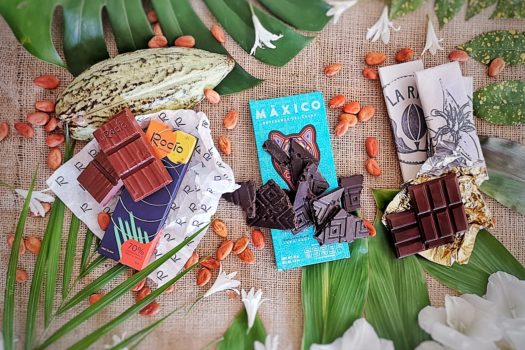Tag: chocolate
-

Raising the Bar
LEE ESTA NOTA EN ESPAÑOL AQUI. Mexico is the birthplace of countless flavors that are known around the world, and chocolate is probably the most beloved of them all. The ancients valued it intensely, they called it “the beverage of the Gods” and cacao beans were used as currency for some time. Much more fun…
-

¡Agarra la Barra!
READ THIS ARTICLE IN ENGLISH HERE. México es la cuna de incontables sabores que son conocidos por todo el mundo, y probablemente el más adorado de todos es el chocolate. Los ancestros lo valoraban intensamente, lo llamaban “la bebida de los Dioses”, y el cacao por tiempo fue usado como moneda. Mucho más divertido que…